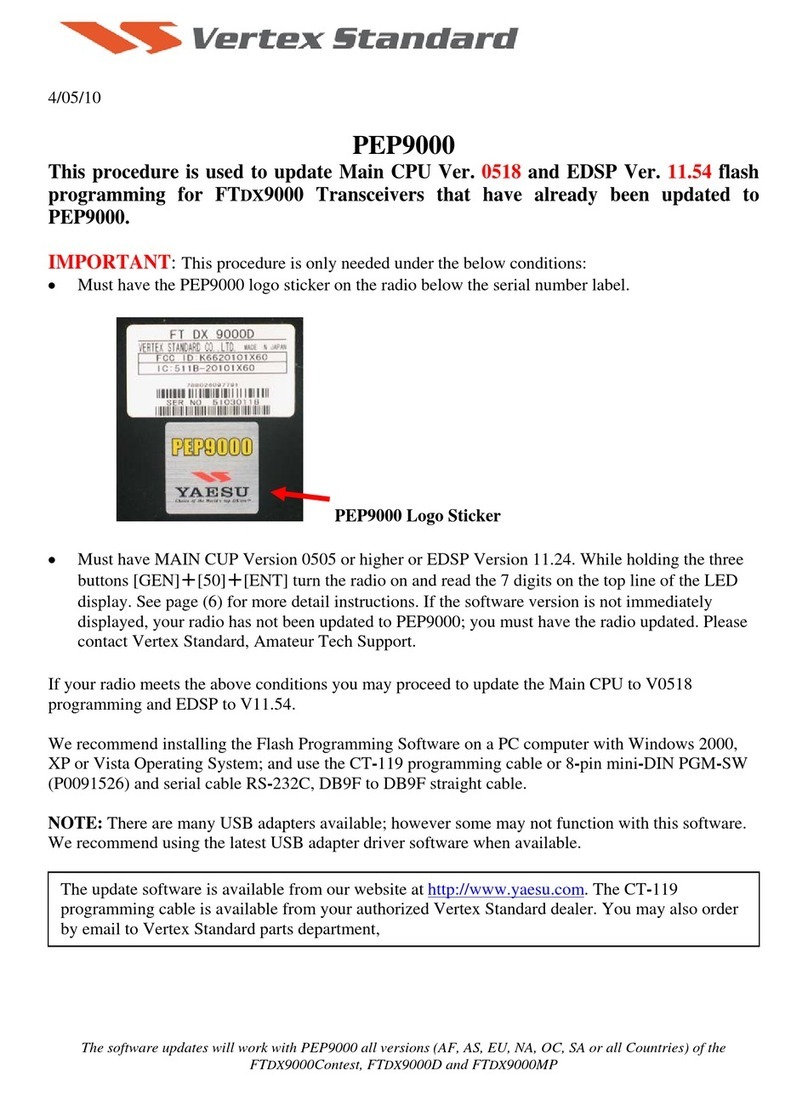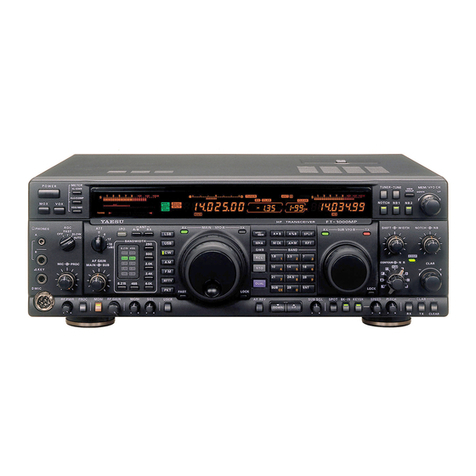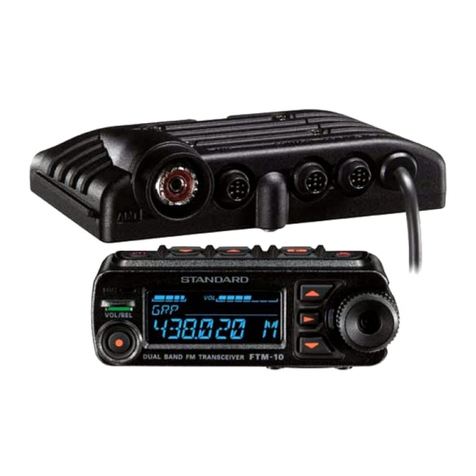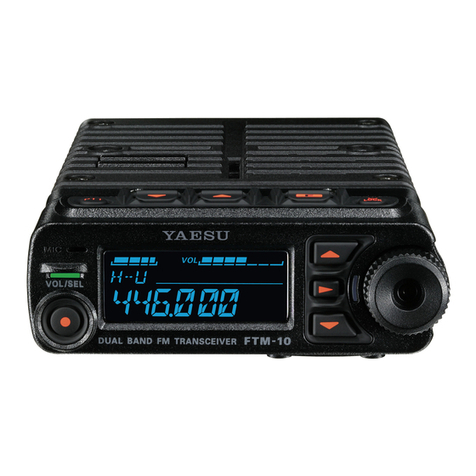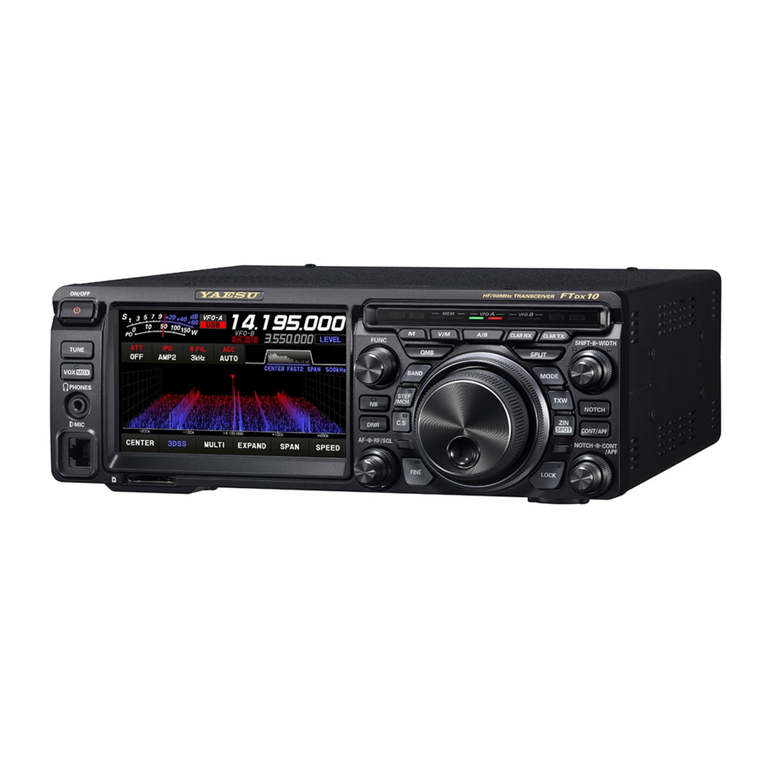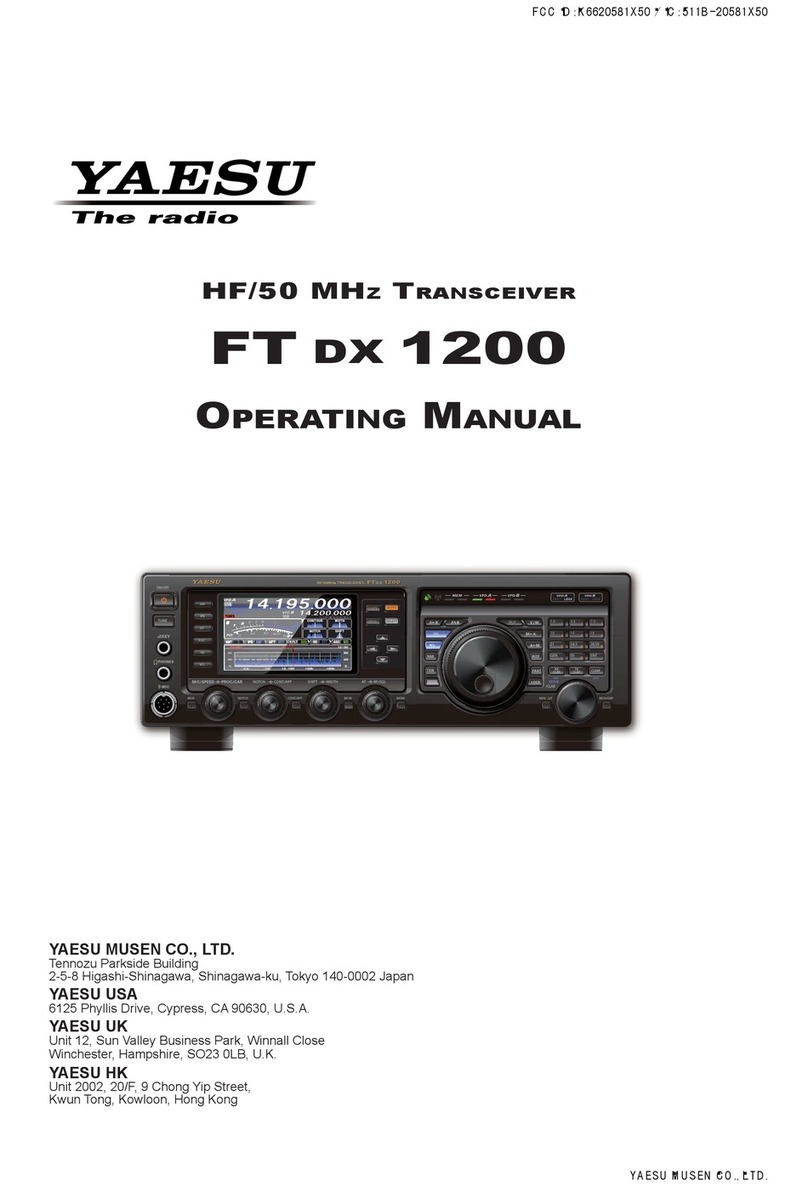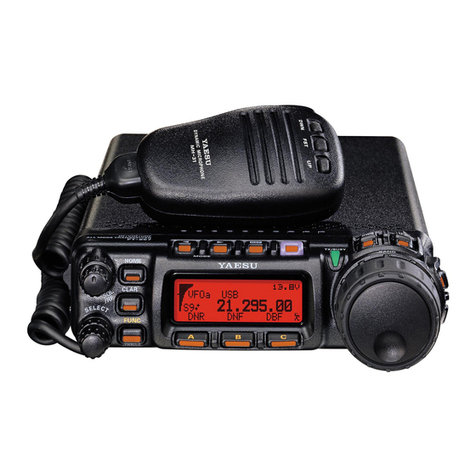
SPECIFICATIONS
FereQuency:
(RANGE:
ccc
-ceieeots
ecentecevadsyateed
stapes
iabederea
teat
in
mashes
1.8~29.9
MHz
amateur
bands,
(160
thru
10m)
26.9~
27.5MHz,
10~10.5MHz
Receive
only
Type
Of
Emission’
ves
ces.ccesescesootee
Soa
dcesesdevecescdedechetveceveccesduses
USB
or
LSB
(selectable)
CW,
AM
Pee
Hatake
ennces
nscttctew-tatettcones
anoeneines:
‘SSB
260
Watts
PEP
CW
180
Watts
50%
duty
cycle
AM
80
Watts
(slightly
lower
on
10
meters)
Carrier
SUpPPreSSiON
........ccccccccccccceessssssessteceeecesceseseeeeeeeeeeaes
50
db
Sideband
Suppression
.....cccccccsccescecessceeeeeseseeseceeeseeeeeeenaes
50
db
at
1000
Hz
Sptirious
Radiation
scces.cieteahs
cee
bed
site
dad
ead
ated
ches
eee
Down
40
db
or
more
Transmitter
Frequency
>
Response
..........::cccsssscesseeseeeseeeeeeees
300
Hz
-
2700
Hz
+3
db
Distortion:
Products
‘siscccpesicsssccsecescsesdesecattusteaeaisceceacarcseessbaees
Down
30
db
or
more
Antenna
Output
Impedance
..........ccceeeesseeeceeseeeeesseeeeseeeees
50
-
75
ohm
unbalanced
Frequency
Stability
.......
cee
eeeseceeeseeseecrecsessesseereeesecseenees
Less
than
100
Hz
drift
in
any
30
minute
period
SOnSitiVit
ys
bscbncatecesdedelensiebcdvcobedsSushielabehonssousteresctaseaticeotsloie
cd
0.3
uV
S/N
10
db
SOLE
CEVILY:
ceive
s
aN
oSE
EA
toa
haat
Sake
eda
ost
ieee
ene
2.4
KHz
at
6
db)
eS
4.0
KHz
at
60
db)
SSB,
AM,
CW
(
(
(600
Hz
at
6
db)
oO
Kialeo
day
pee
Audio:
Output
ne.tipedlininna
anise
catnsehoneeae
3
Watts
Power
Consumption
.........::ccccccccsceessssssessssenseeeeeceessessteeeeees
AC
Receive
45
Watts
Transmit
350
Watts
Max.
DC
12V
Standby
0.6
Amp.
Transmit
21
Amps.
Max.
DIMONSiIOWS.
cts
gesec
selec
aeedie
dda
need
ode
dediel
Seidaadaanuts
dceseseaeeeneededes
13
1/2”
wide,
6”
high,
11
1/2”
deep
WO
iBhl:
decereteceves
sept
sacs
ended
dedeesueenacerene
Lath
een
ie
i
castegs
Approx.
30
Pounds
Ste
do
LO
te

